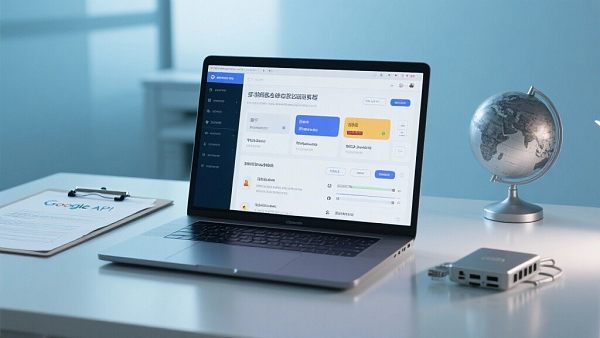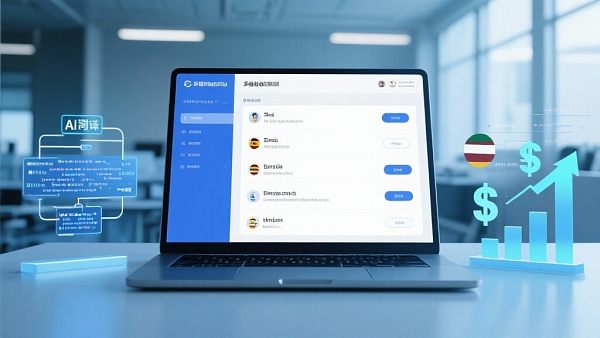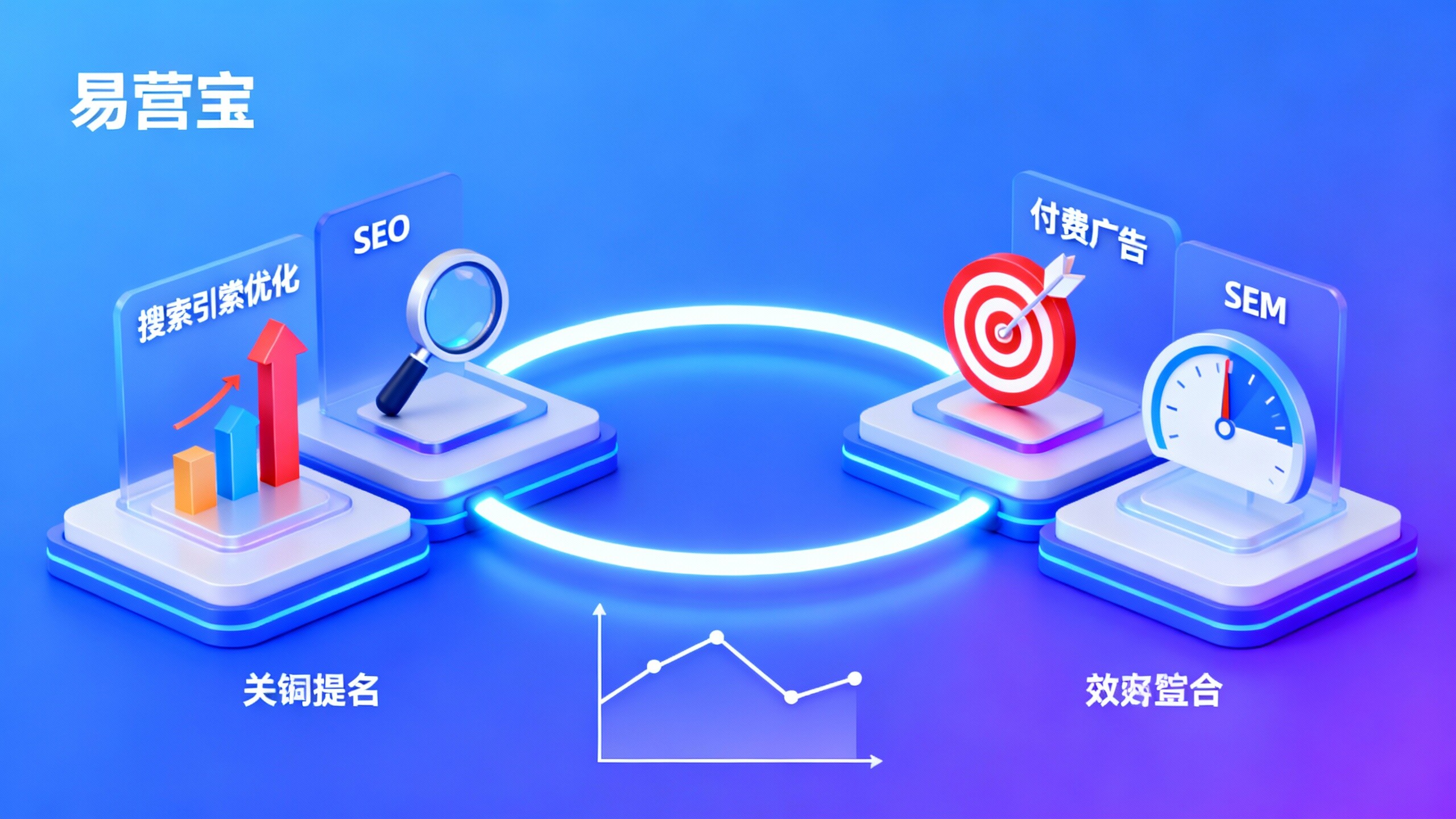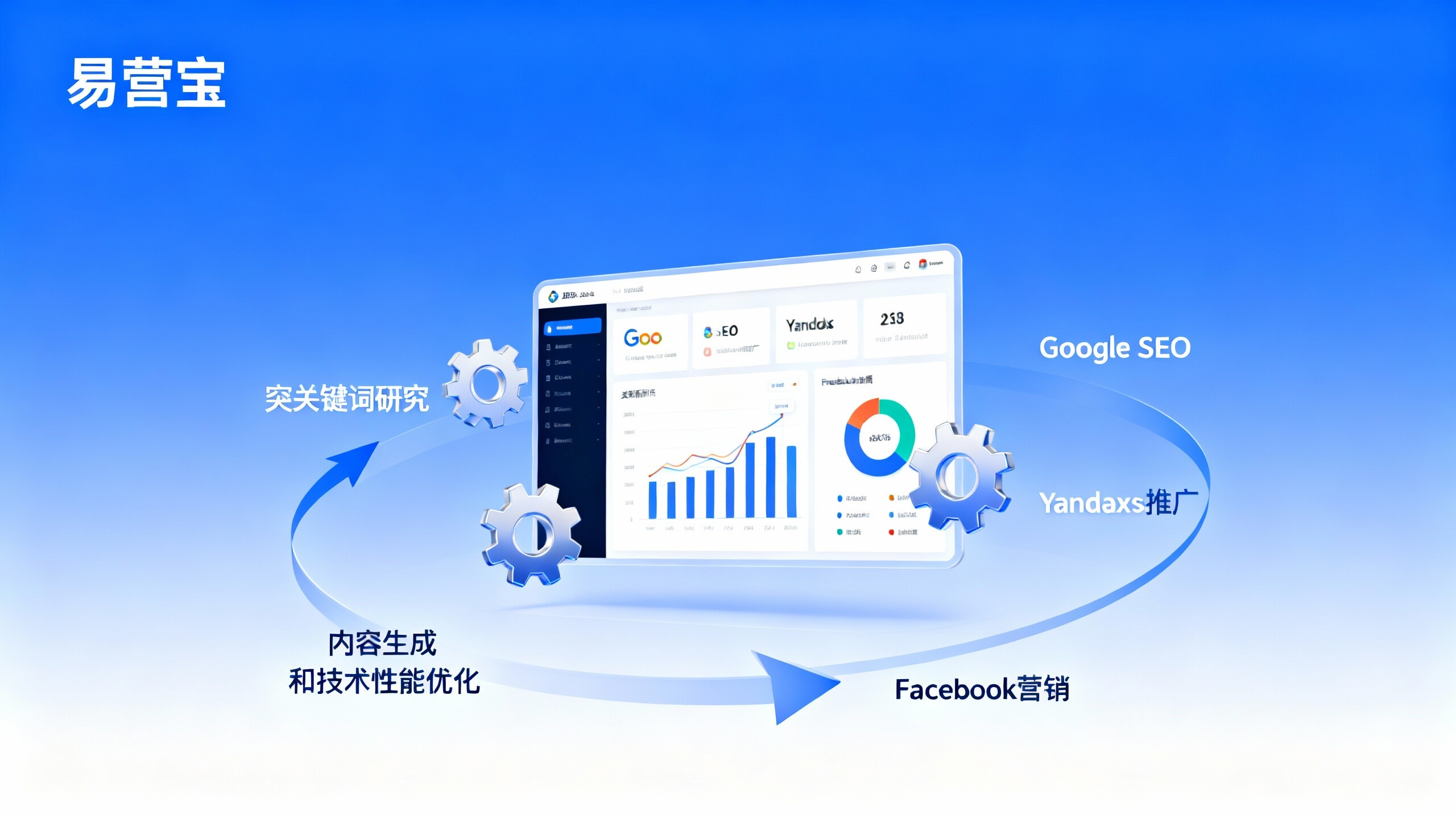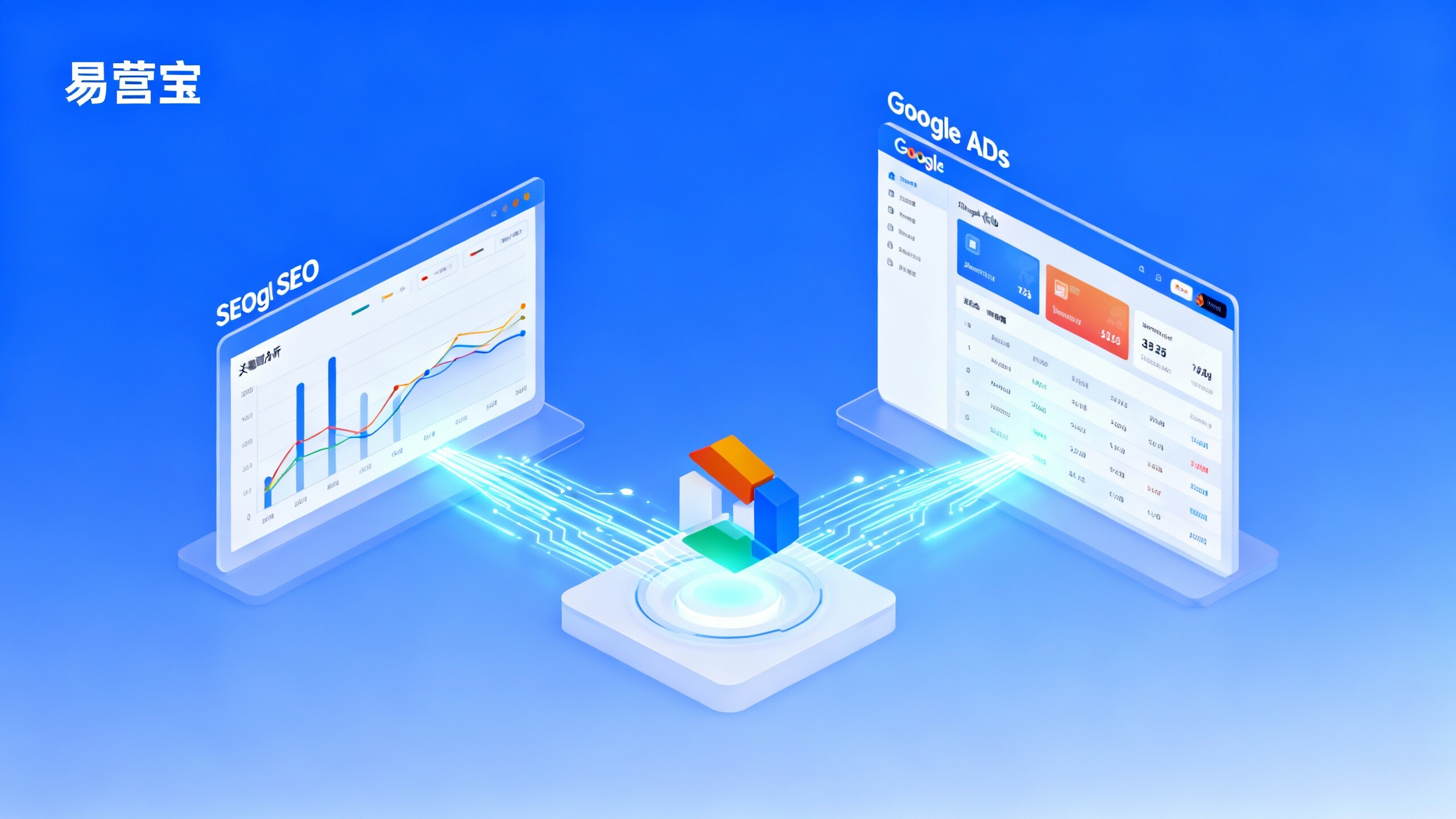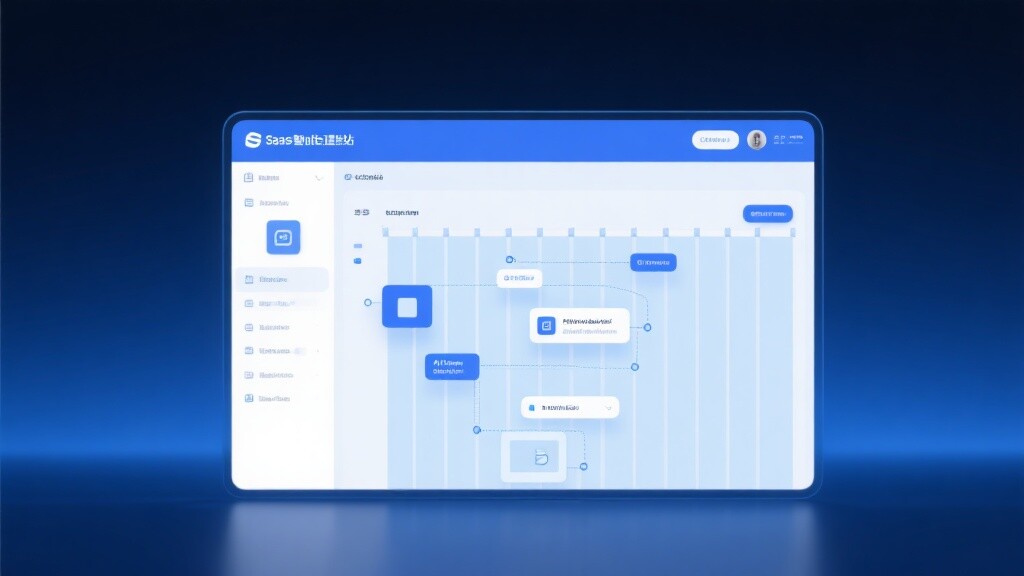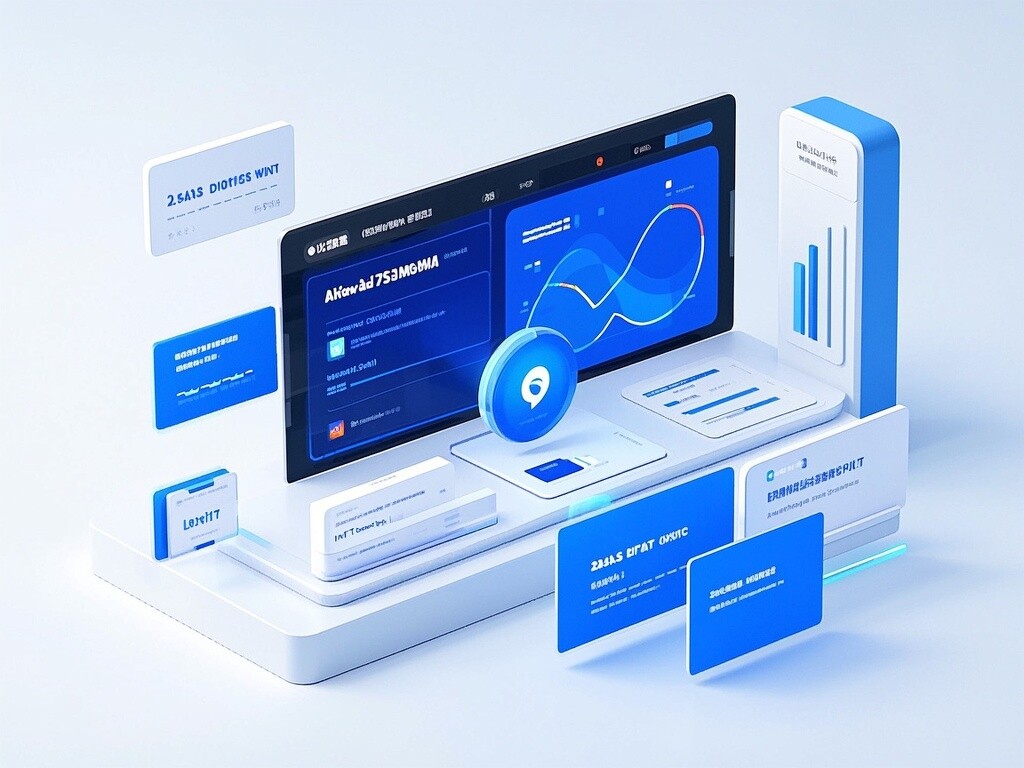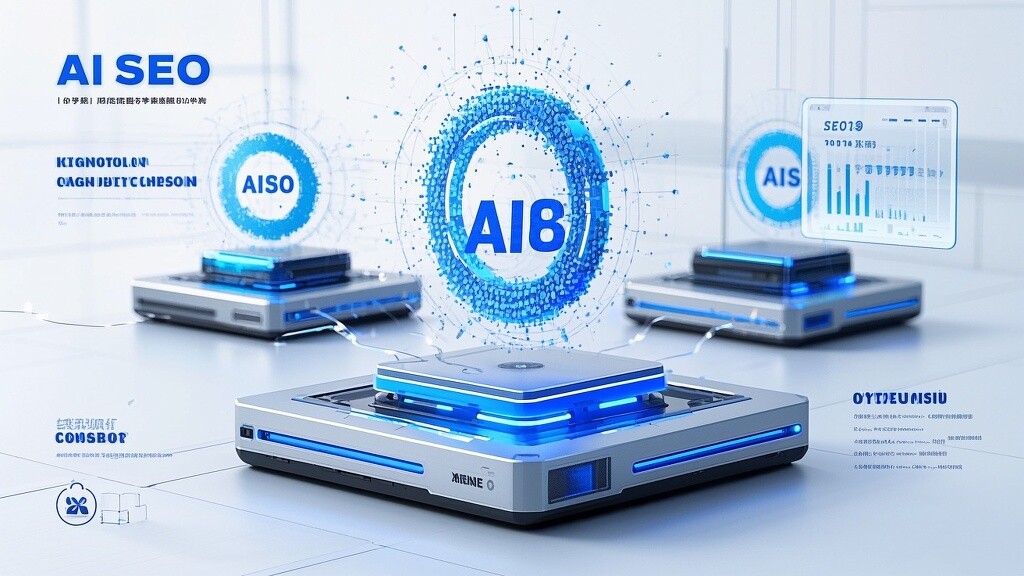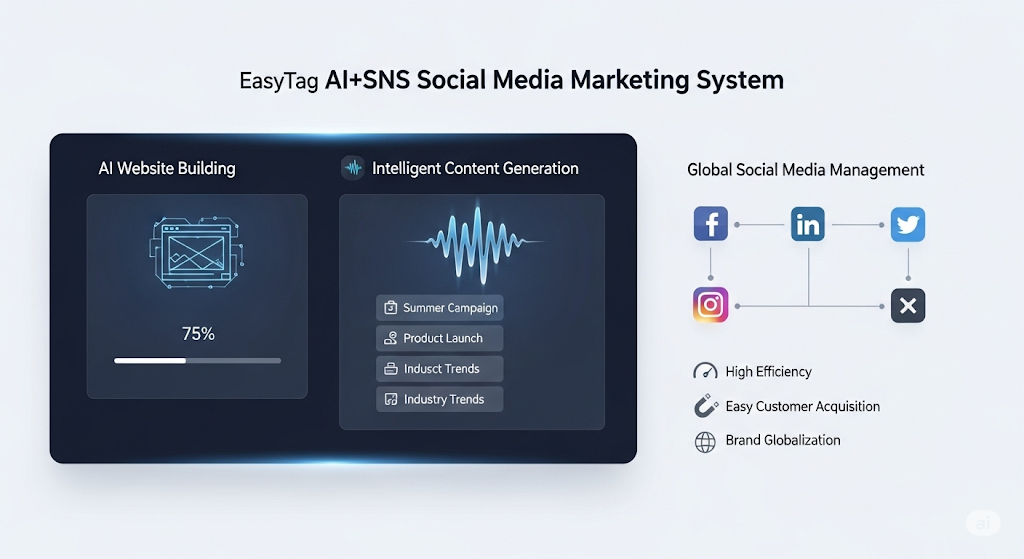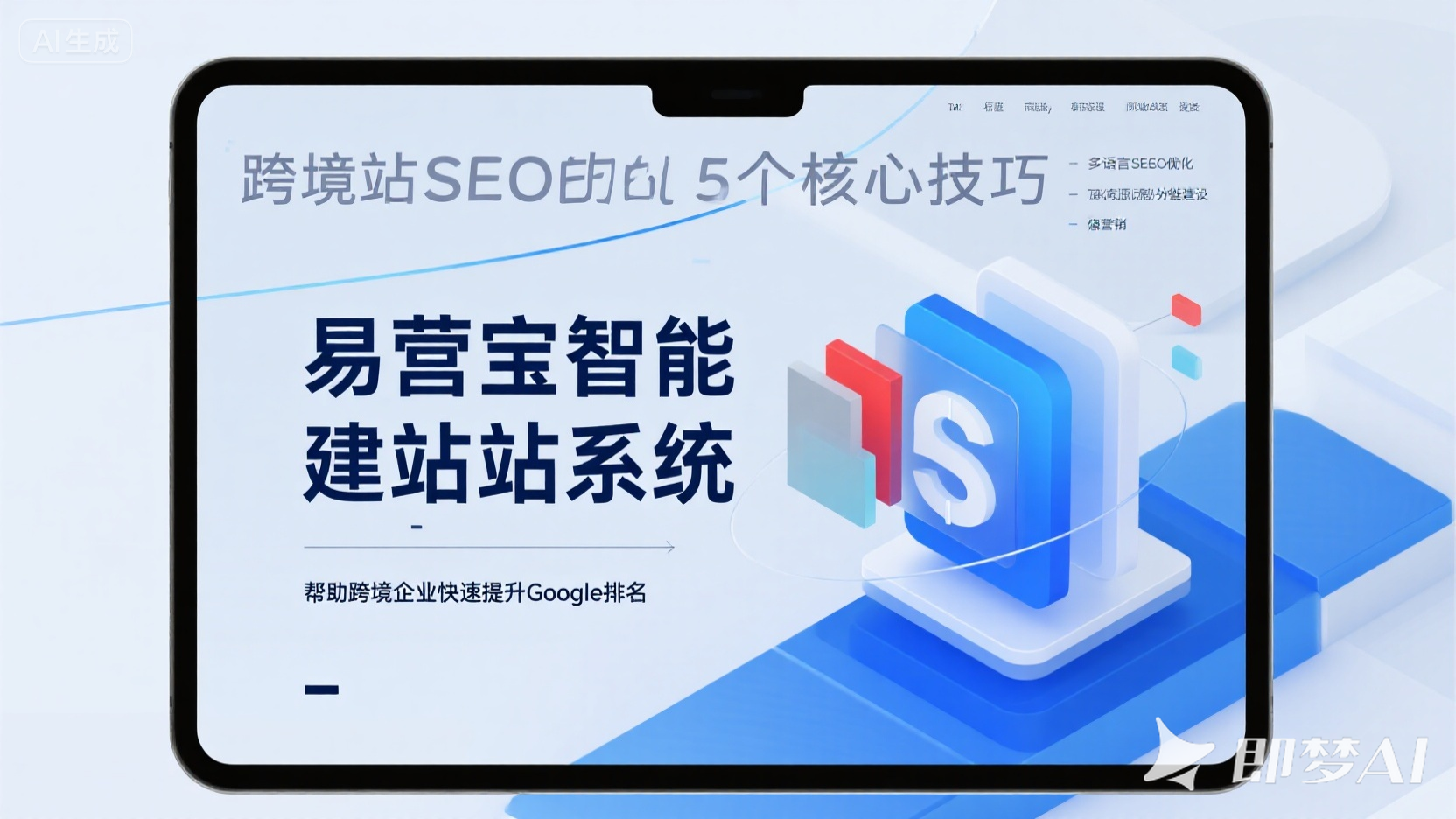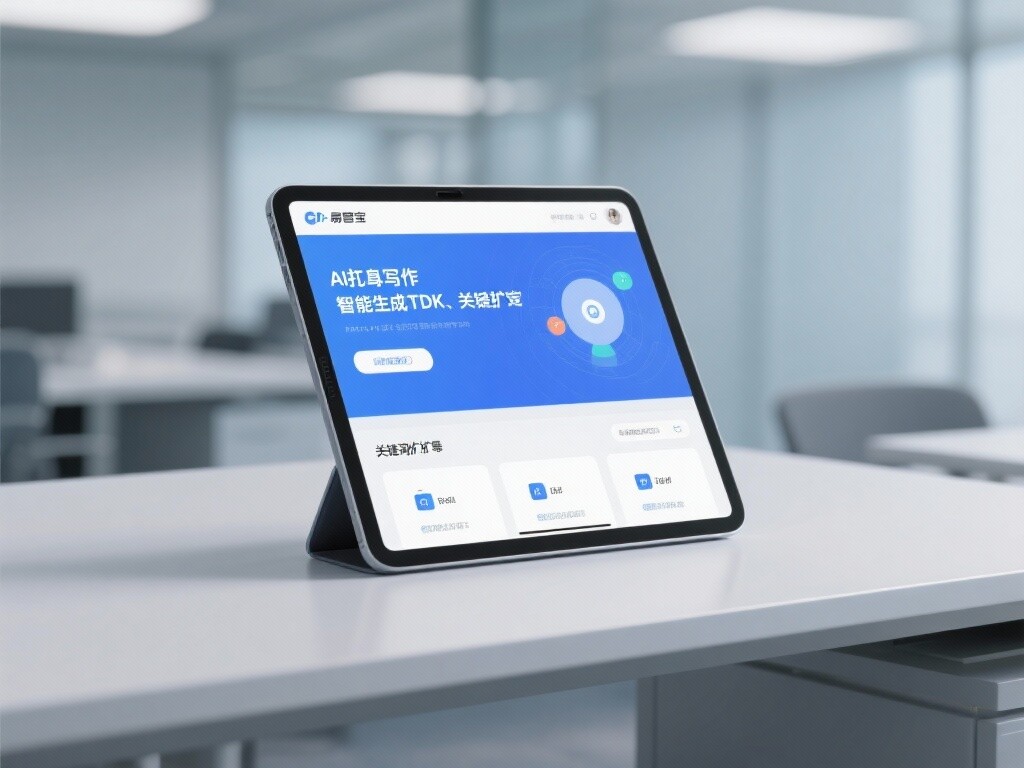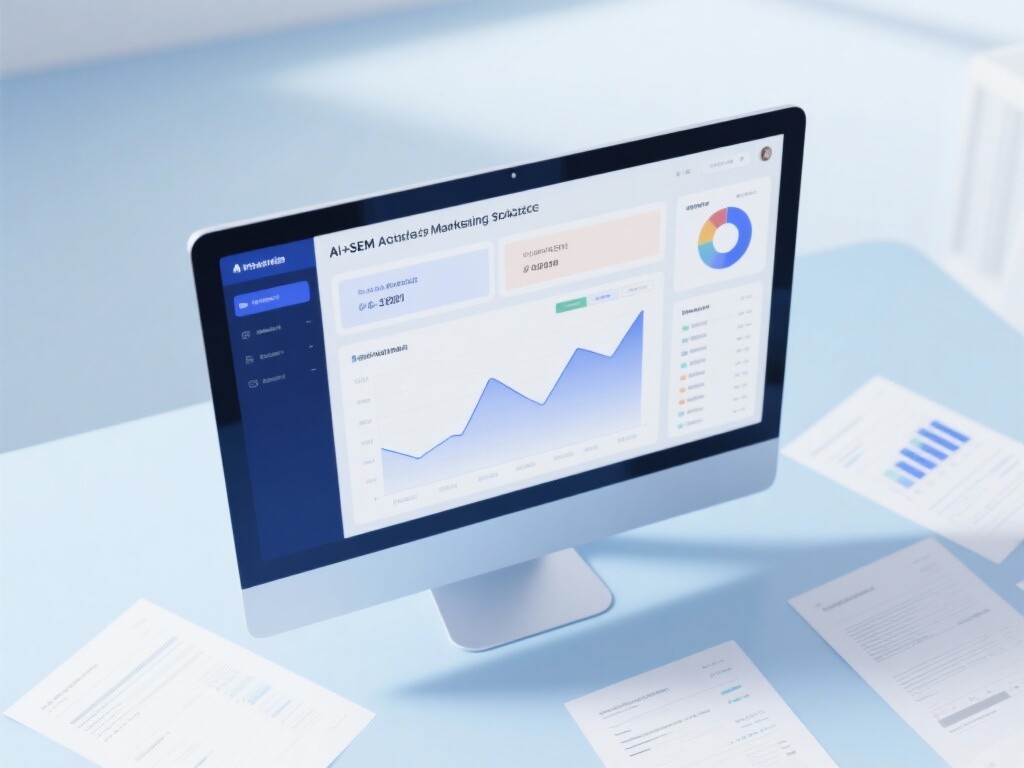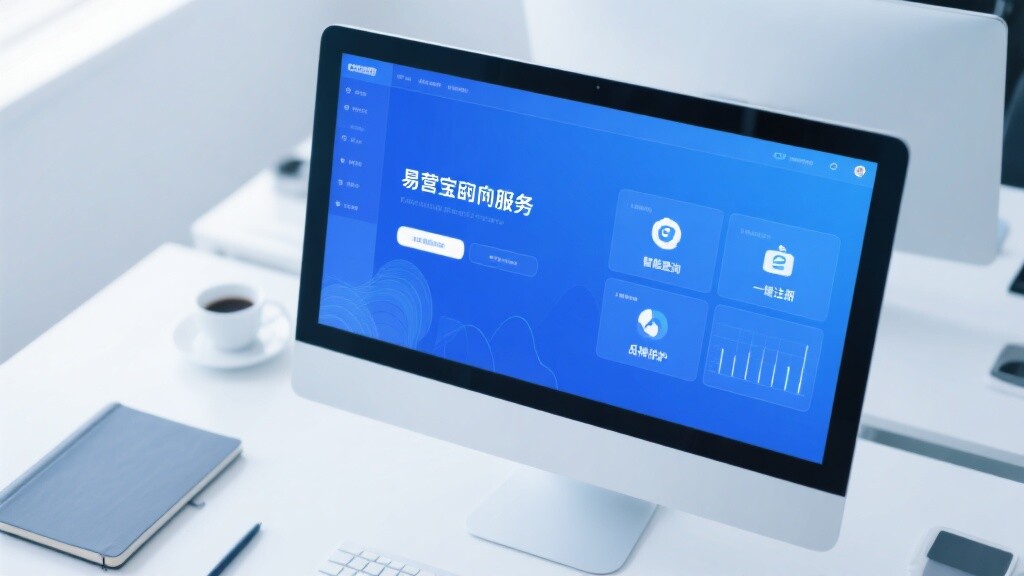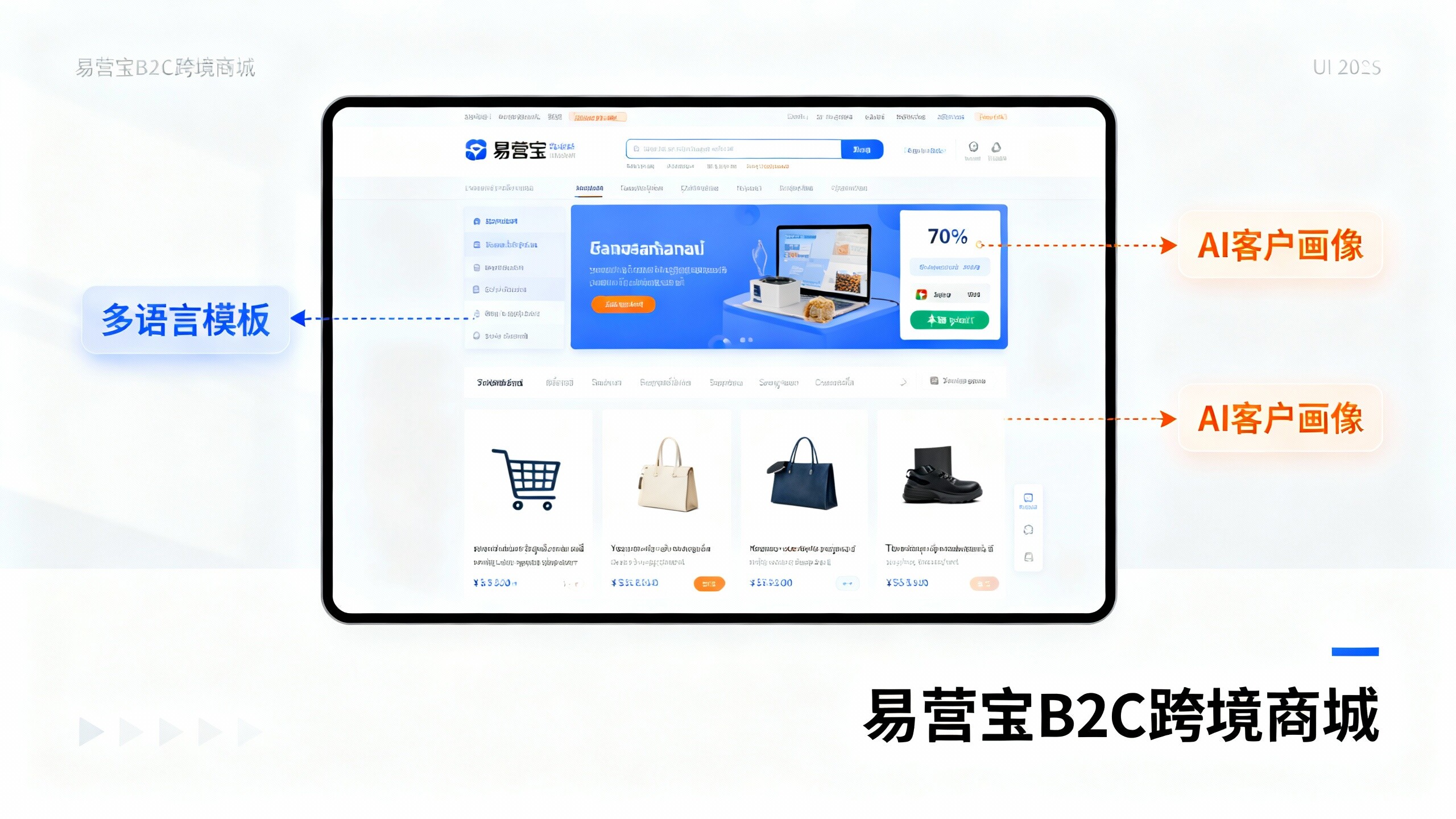- How to Improve Inquiry Quality Through B2B Standalone Site Optimization + Multilingual Website in 2025: Google SEO Practical Methods2025-12-18View details
- From Website Building to Yandex Promotion: A Complete Online Growth Path for Foreign Trade Enterprises2025-12-18View details
- Poor Yandex promotion results? Your foreign trade independent website may lack Russian SEO structure2025-12-18View details
- Why are more and more distributors choosing global multilingual website suppliers? Actual delivery cycle shortened by 40%2025-12-18View details
- EasyOperate Experience Test: Deployment Cycle, Stability, and Post-Sale Evaluation2025-12-17View details
- How is EasyStore? A Reliable and Security Inspection Checklist from a Technical Evaluation Perspective2025-12-18View details
- Guide to Choosing a Foreign Trade Website System: How to Evaluate Multilingual Website Capabilities2025-12-17View details
- From the perspective of quality control and security, experience the use of EasyStore: vulnerabilities, backups, and permission management2025-12-17View details
Multilingual Website Tutorial: Easily Expand to Global Markets
1. Why Multilingual Standalone Sites Are Essential for Overseas Expansion?
According to Statista data, non-English internet users accounted for 75.2% of the global population in 2023, with conversion rates for users browsing in their native language being 3 times higher than for non-native speakers. For example, after deploying a Spanish standalone site, a Chinese machinery manufacturer saw inquiries from the Mexican market increase by 217%. This validates the core value of multilingual website localization: breaking language barriers and building local trust.
However, traditional website development approaches have significant pain points: high manual translation costs (over ¥5,000 per language/month), complex technical adaptations (e.g., RTL language layouts), and difficulties optimizing SEO for multiple language versions. This is precisely where tools like Google Ads demonstrate their value – achieving 95% accuracy through AI translation engines while automatically adapting to special characters like Arabic script.

2. Three Technical Standards for Multilingual Websites
3. Four Steps to Build High-Converting Multilingual Sites
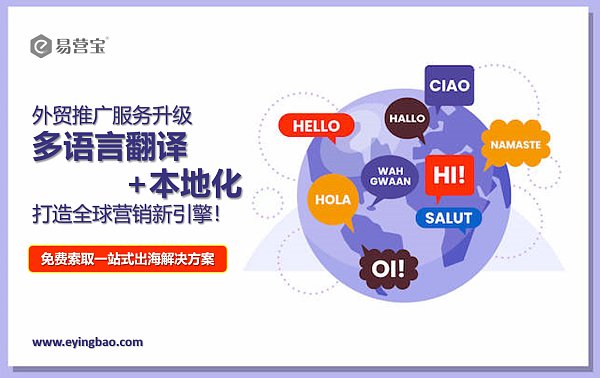
Step 1: Market Priority Sequencing
Using Google Trends to analyze search popularity in target countries combined with Google Ads' audience insight tools, we found German industrial buyers prioritize technical specs pages while Southeast Asian clients focus on price comparison features. Recommendation: Categorize markets using the BCG matrix:
- Star markets: English + local language dual version
- Potential markets: English version prioritized
- Observational markets: AI translation plugins temporarily
Step 2: Technical Architecture Design
Our intelligent website system employs hybrid architecture:
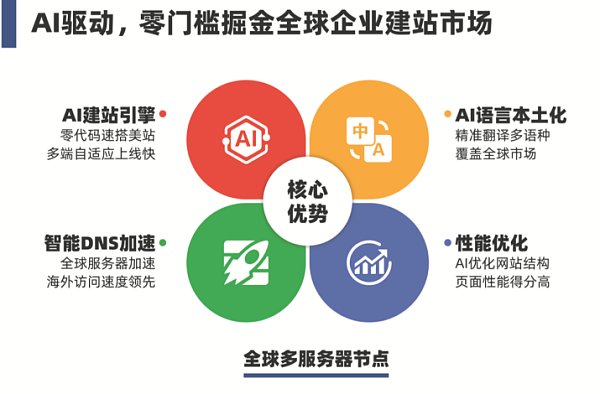
- Primary site uses React framework for performance
- Multilingual versions accelerated via CDN edge nodes
- AI translation engine syncs product databases in real-time
- Auto-generated hreflang tags prevent content duplication
4. Avoiding Five Common Multilingual SEO Mistakes
Analysis of 300 failure cases revealed:
- Literal translation pitfalls: "Hot sale" mistakenly translates as "produce sales" in Spanish
- Cultural conflicts: Middle Eastern sites using female models decreased conversions by 64%
- Technical deficiencies: Japanese version character corruption from missing UTF-8 encoding
5. Case Study: Auto Parts Manufacturer's 3-Month EU Market Entry
A Zhejiang parts supplier achieved breakthroughs through:
- Phase 1: Filtered top 100 German/French/Italian keywords via Ahrefs
- Phase 2: Launched localized sites (including ECE认证 documentation)
- Phase 3: Integrated Google Ads' smart bidding to maintain CPC at €0.35
6. Future Trend: AI-Driven Hyper-Localization
Gartner predicts that by 2025, 70% of multilingual sites will adopt:
- Dynamic content: Display local promotions based on IP
- Voice search optimization: Arabic voice command compatibility
- Metaverse展厅: 3D product demos with multilingual解说
Why Choose Our Platform?
As a Google Premier Partner and Meta official agent, we offer:
- Technical assurance: 15 AI patents with real-time translation QA
- Data capability: Billion-search-data-trained投放 models
- Global network: Servers covering 237 countries
Related Articles
 Reduce customer acquisition costs with integrated SEO+SEM marketing: A five-step execution plan for B2B standalone site optimization
Reduce customer acquisition costs with integrated SEO+SEM marketing: A five-step execution plan for B2B standalone site optimization B2B Standalone Site Optimization Cost Comparison: Building a Multilingual Website In-House vs. Third-Party Services? Five Key Metrics Affecting Inquiry Quality
B2B Standalone Site Optimization Cost Comparison: Building a Multilingual Website In-House vs. Third-Party Services? Five Key Metrics Affecting Inquiry Quality Technology Flow to Improve Inquiry Quality: Synergistic Strategies of Google SEO and Google Ads Optimization for B2B Websites
Technology Flow to Improve Inquiry Quality: Synergistic Strategies of Google SEO and Google Ads Optimization for B2B Websites
Related Products


